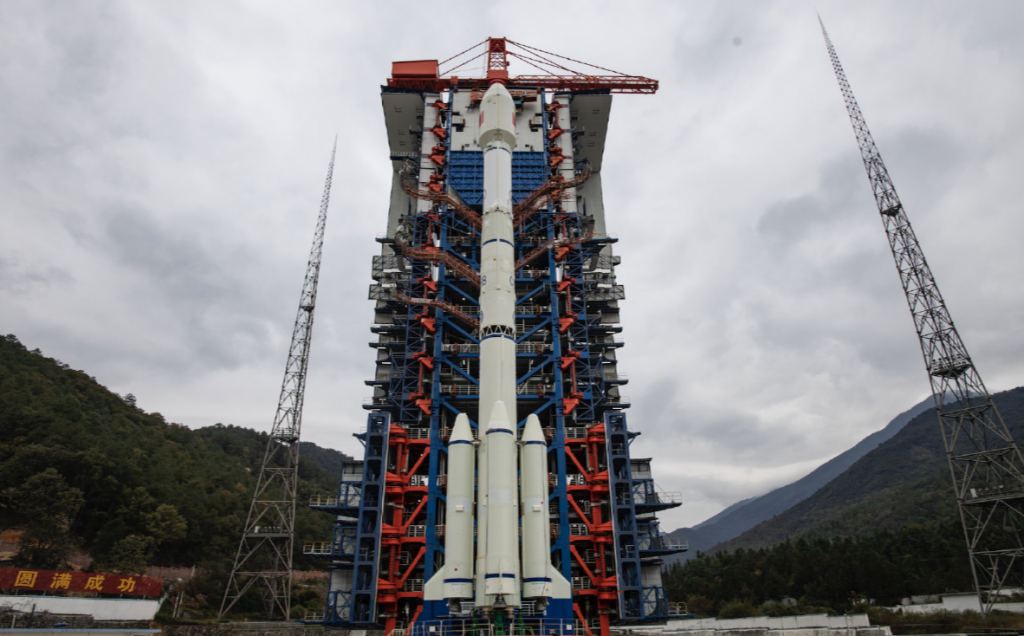11-29-20 At a closed-door conference held in Beijing on November 29, Chinese government bodies including the Ministry of Ecology and Environment finally approved new classification standards for the country’s steel scrap sector. Though the details are yet to be released, the new standards classify categories of steel scrap and are comparable to those in use internationally, paving the way for China to re-open its ports to approved types of foreign steel scrap. Despite the size of the China’s steel scrap industry, until now the country has lacked a unified system of steel scrap classifications and those that Chinese steelmakers and scrap collectors are presently using have been described as “crude” and at odds with those of other countries.
The release of the new China steel scrap standards may mark the first step in China’s push to diversify raw materials for steel production, a move that analysts say will reduce reliance on Iron Ore imports from Australia amid fraught bilateral ties, souring prices and in align with China’s pursuit for carbon neutrality by 2060.
12-31-20 Ministry of Ecology and Environment, National Development and Reform Commission and other five departments jointly issued a “Notice on matters relating to the standardization of the import management of recycled iron and steel raw materials,” the announcement said that products that meet the national standard of “recycled iron and steel raw materials” are not solid waste and can be imported freely. The announcement aims to regulate the management of China’s imports of recycled iron and steel materials to clarify requirements and form a synergy. According to China’s import and export regulations for recycled iron and steel materials to clarify the customs commodity code, while proposing that does not meet the “recycled iron and steel materials” national standards will be prohibited from import. The announcement will be implemented from January 1, 2021. Steel scrap standards have been officially released on December 17, the standard for the integrated use of domestic and international recycled steel raw materials resources to provide standard technical support, is conducive to promoting the high-quality development of China’s steel industry.






